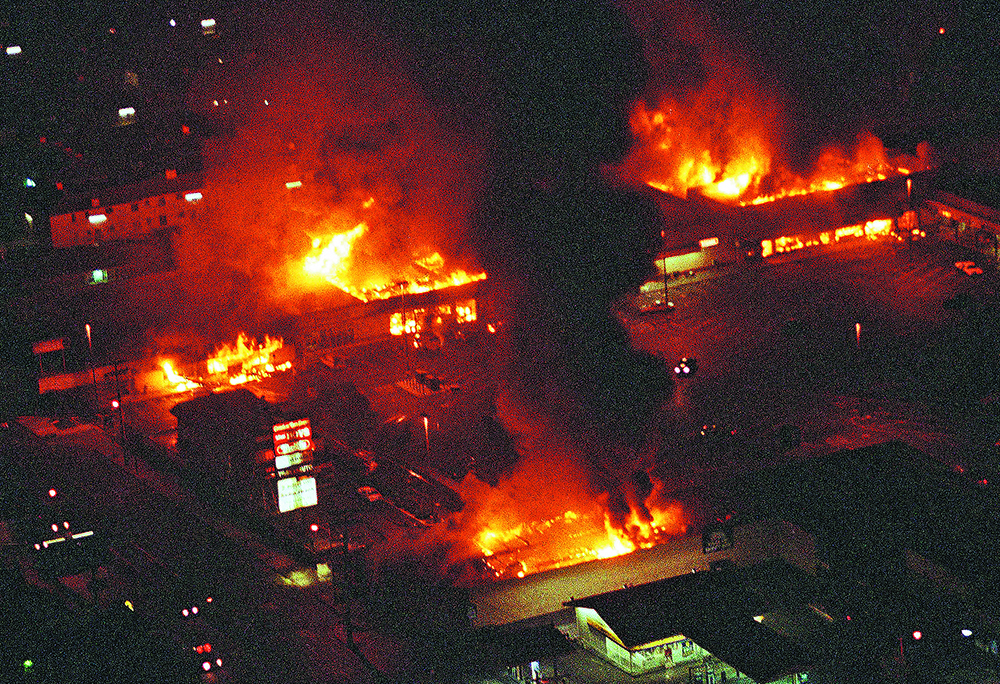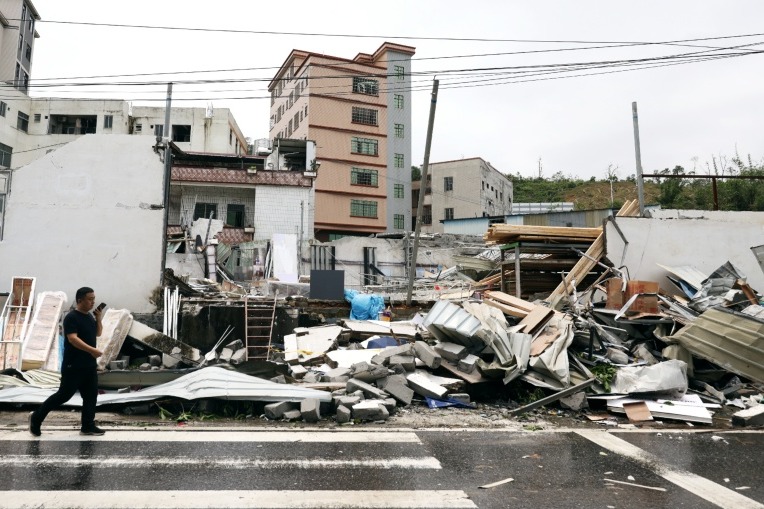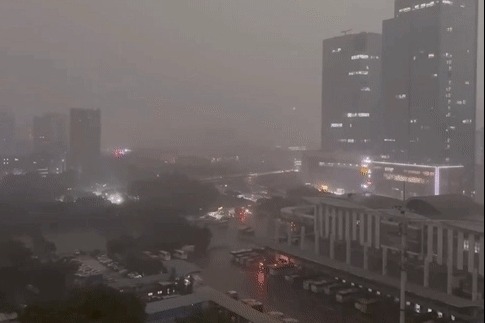White supremacy's deadly game with minorities


Generations of struggle
In 2008, Kurashige, a fourth-generation Japanese American whose paternal great-grandfather once worked as contract laborer on a sugar plantation in Hawaii, published the book The Shifting Grounds of Race: black and Japanese Americans in the Making of Multiethnic Los Angeles, a study of "the mutually determining historical trajectories of two ethnic groups" who "struggled to advance in a city that prided itself on whiteness", to use the author's words.
By the early 20th century, the Japanese immigrants, having set up their own enclave of Little Tokyo in LA's Eastside, found themselves living near African Americans — a pattern repeated elsewhere in the country, from the city of Seattle, where Kurashige's mother grew up, to Mississippi, where Chinese immigrants notably mingled and intermarried with the blacks.
"Both were kept out of the white neighborhoods through discriminatory housing covenants. Yet in the pre-World War II years in Los Angeles, the Japanese and the blacks were facing distinctly different realities that led them to adopt different strategies and to look at each other for inspiration," said Kurashige.
"Despite being barred from so many jobs, the Japanese were able to establish for themselves a commercial footing through small businesses, a fact admired by their black counterparts," he said. "However, their exclusion from US citizenship meant that the Japanese had no political representation at a time when the African Americans were astutely breaking down racial barriers, often through their civil rights attorneys and a small number of elected black officials."
Occasional success would be achieved by the latter with the opening up of a formerly all-white neighborhood, the city's Westside for example. And the Japanese, seen by the blacks as "fighting for the same rights", would be following behind. Kurashige, who grew up in the Westside, acted as a consultant for a documentary film that tells this black-Japanese Westside story.
Then came World War II and the attack on Pearl Harbor by the Imperial Japanese Army on Dec 7, 1941. Kurashige's mother and her family, along with about 120,000 of their fellow Japanese Americans, were thrown into internment camps across the country.
As the old residents were forcibly removed from Little Tokyo, the new ones crowded in. Fleeing debilitating racism in the Jim Crow South and attracted by the newly available jobs on the production line — the government, to aid the war's Asia-Pacific theater, had moved the defense industry to the West Coast. As a result, many black people flooded into Los Angeles, doubling its African-American population within a few years. A lot of these newcomers ended up in Little Tokyo, which they then renamed Bronzeville. The new job opportunities weren't opened up to black people until their political leaders threatened President Franklin Roosevelt with the prospect of a mass protest in Washington.
"At the heart of this Little Tokyo/Bronzeville story are two narrative threads that converge and diverge, the latter taking place immediately after the war," said Kurashige, who attributed "the whites' shifting animosity" to "postwar national and international conditions".
With Japan becoming a postwar US ally, Japanese Americans were partly able to trade their malicious slit-eyed, bucktoothed wartime image for a more benevolent one. Meanwhile, the African Americans, their patriotism no longer trumpeted up, were continuing their push for civil rights. And in doing so, they positioned themselves against a conservative rollback in reaction to the progressive social policies implemented during the war, such as fair employment practices.
"The thinking from those in the power structure was: 'if we just let some of these Japanese into our neighborhoods and schools, we don't have to change anything.' But there's no way to meet the demands of the blacks without transforming the whole system," said Kurashige. "That's where they drew the line."























